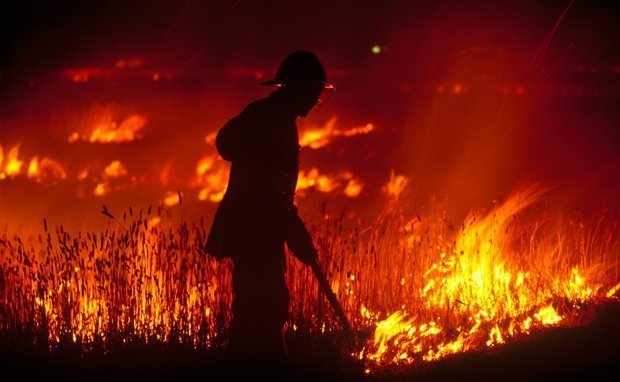Specialist Insights: Why Every Home Owner Needs a Comprehensive BAL Report
Specialist Insights: Why Every Home Owner Needs a Comprehensive BAL Report
Blog Article
How BAL Record Impacts Bush Fire Defense Actions
In the realm of bush fire defense, the Structure Attack Level (BAL) record stands as an essential device that substantially affects the security and durability of properties in fire-prone locations - BAL Report. The influence of a BAL assessment expands much past simple paperwork; it works as the keystone for figuring out the appropriate building criteria and fire protection steps essential to alleviate the dangers postured by bushfires. As areas come to grips with significantly extreme fire seasons, comprehending how the BAL report shapes these protective steps becomes vital for policymakers, property owners, and building contractors alike
Understanding the Bushfire Assault Degree

Relevance of BAL Report Assessment

Additionally, the BAL report analysis serves as a foundational action in abiding by lawful commitments and needs connected to bushfire defense. Regional councils and authorities frequently mandate the entry of a BAL report as part of the planning and structure approval procedure to guarantee that residential properties are appropriately protected against bushfire threats. Falling short to this hyperlink perform an extensive BAL report evaluation can result in insufficient protection procedures, leaving buildings vulnerable to ruining bushfire incidents.
Building Standards Based on BAL
A thorough understanding of the Bushfire Assault Level (BAL) allows residential property owners to execute building and construction standards tailored to their particular threat profile. Construction standards based on BAL are important in alleviating the effect of bushfires on buildings. The BAL rating classifies the prospective danger a property encounters during a bushfire on a scale from BAL-Low to BAL-FZ (Fire Area)
Executing Fire Defense Measures
With the structure of building criteria based on Bushfire Assault Level (BAL) in location, the emphasis now changes in the direction of the functional implementation of fire security actions to fortify homes versus bushfire dangers. Easy measures consist of using fireproof building materials, mounting coal guards on vents, securing voids in walls and roofs, and keeping a clear room around the residential or commercial property totally free from flammable greenery. By incorporating both passive and active methods, homes can considerably lower their vulnerability to bushfire cases and raise the safety of passengers.
Shielding Houses Versus Bushfires
Successfully securing homes versus the harmful influences of bushfires calls for a comprehensive and proactive technique to fire security measures. In addition, securing voids and vents to prevent ember invasion, as well as including fire-resistant doors and home windows, can help fortify the home's protection against bushfires. By embracing a proactive position and integrating these protective measures, property owners can dramatically increase their chances of safeguarding their homes versus bushfires.
Verdict
In final thought, the Bushfire Attack Degree (BAL) report plays a crucial duty in identifying the necessary security procedures versus bushfires. Executing fire protection actions based on the BAL record is crucial in guarding properties from possible bushfire dangers.
In analyzing bushfire risk to buildings, understanding the Bushfire Attack Degree (BAL) is an important component for carrying out effective protection actions. Generally, a clear understanding of the Bushfire Attack Level is vital for applying see this page sufficient protection measures and internet reducing the impact of bushfires on residential properties.

Report this page